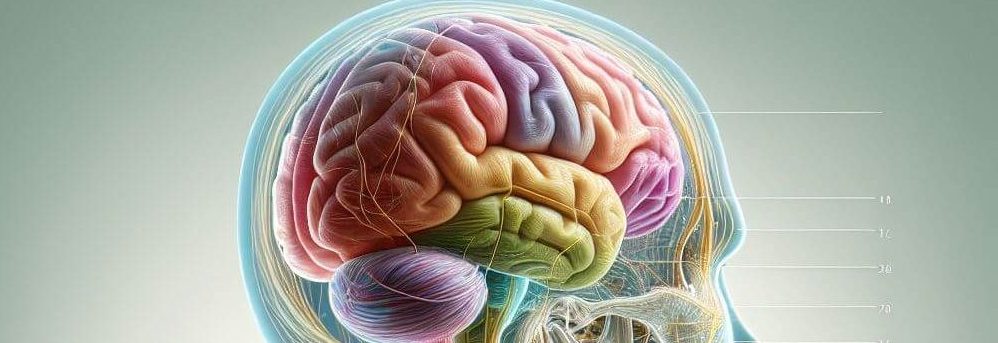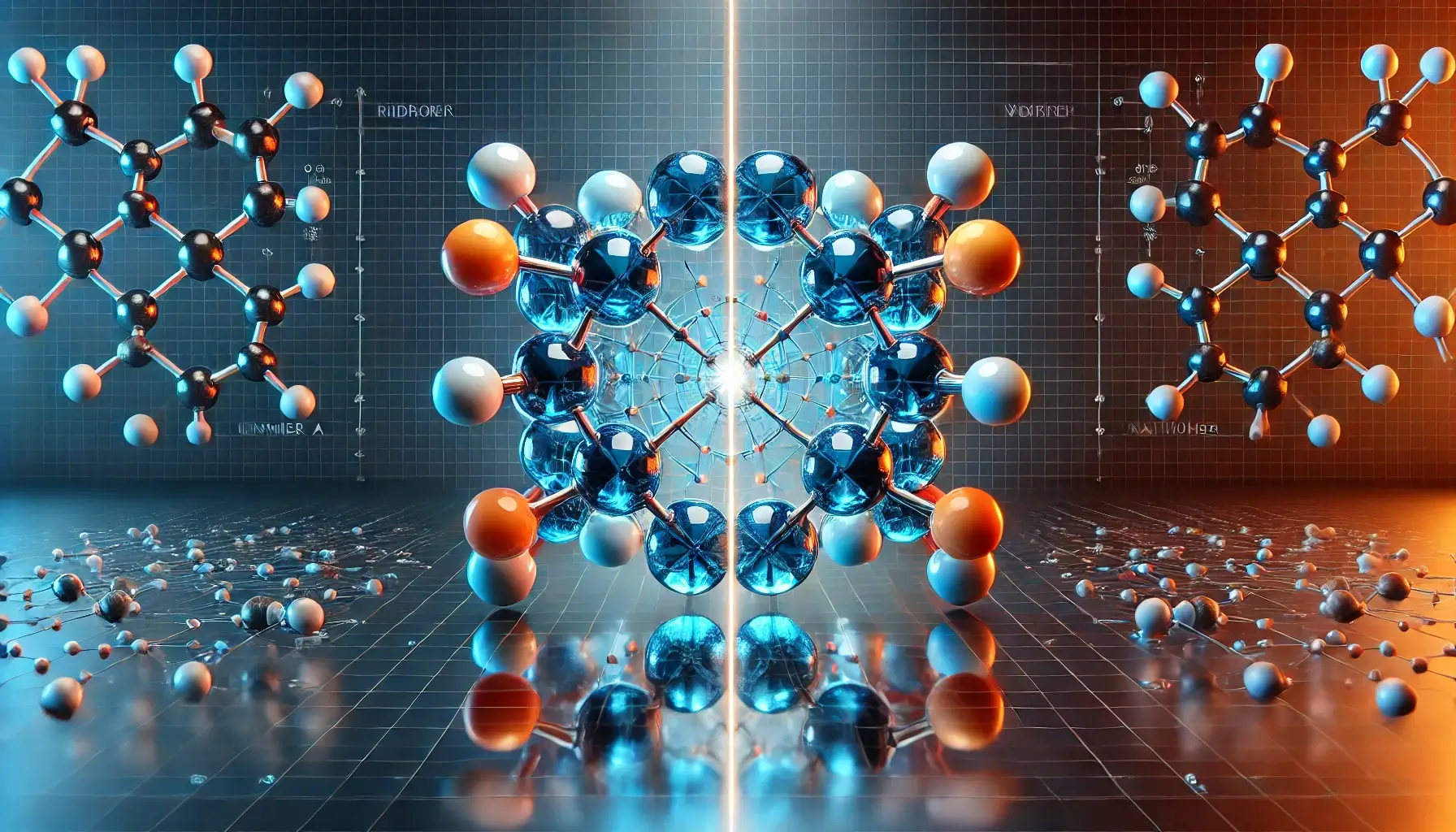Medicinal Chemistry I Notes (S-4)
Medicinal Chemistry I Notes
Below are well-organized, unit-wise Medicinal Chemistry I notes available for free.
For access to high-quality premium notes, unlock the full experience by taking low-cost subscription through the FirstHope App today!


Unit 1
Introduction to Medicinal Chemistry
Introduces medicinal chemistry, its history, and development. Discusses physicochemical properties like ionization, solubility, partition coefficient, hydrogen bonding, and bioisosterism. Covers drug metabolism (Phase I & II) and stereochemical factors.
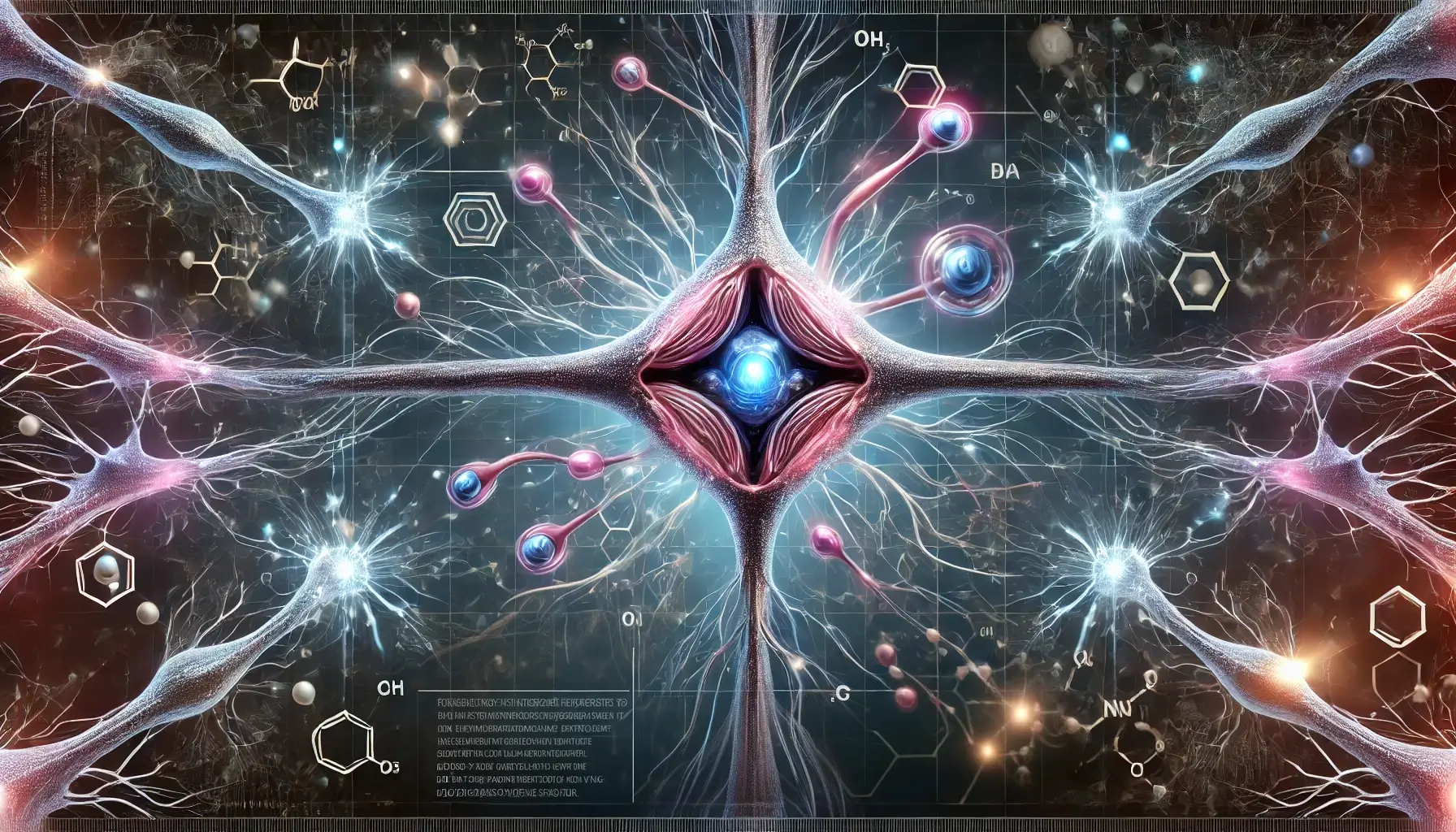
Unit 2
Drugs Acting on the Adrenergic Nervous System
Unit 2 Covers drugs acting on the autonomic nervous system, focusing on adrenergic neurotransmitters, their biosynthesis and catabolism. alpha- and beta-adrenergic receptors and their distribution. Includes SAR and examples of sympathomimetic agents (direct, indirect), and adrenergic antagonists such as alpha and beta blockers, along with their medicinal applications.
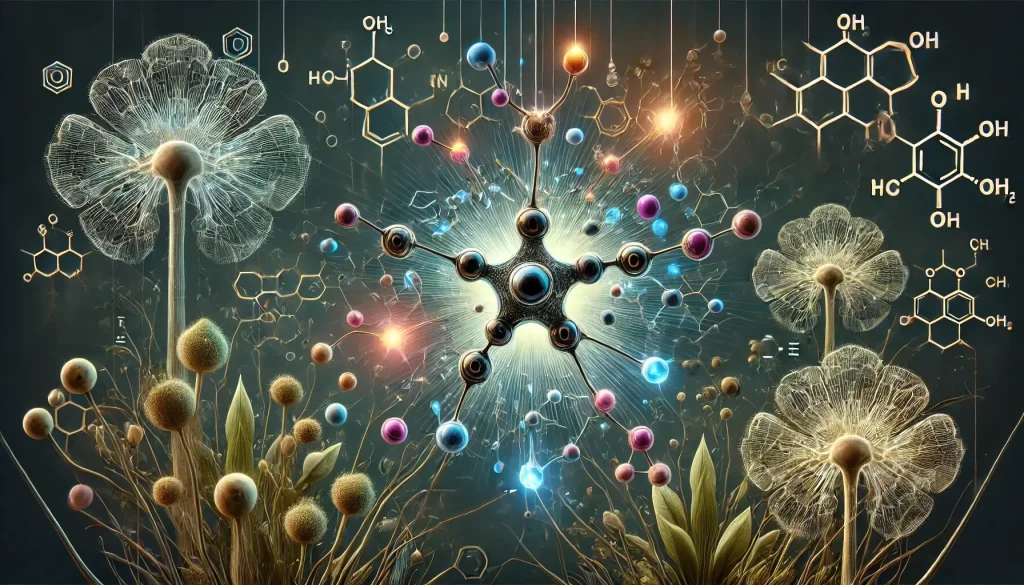
Unit 3
Cholinergic neurotransmitters
Unit 3 Covers cholinergic neurotransmitters including biosynthesis and catabolism of acetylcholine. Discusses muscarinic and nicotinic receptors and their distribution. Includes SAR and examples of parasympathomimetic agents (direct and indirect acting), cholinesterase inhibitors (reversible and irreversible), and cholinesterase reactivator pralidoxime. Also covers cholinergic blocking agents, including natural alkaloids and synthetic analogues with their medicinal relevance.
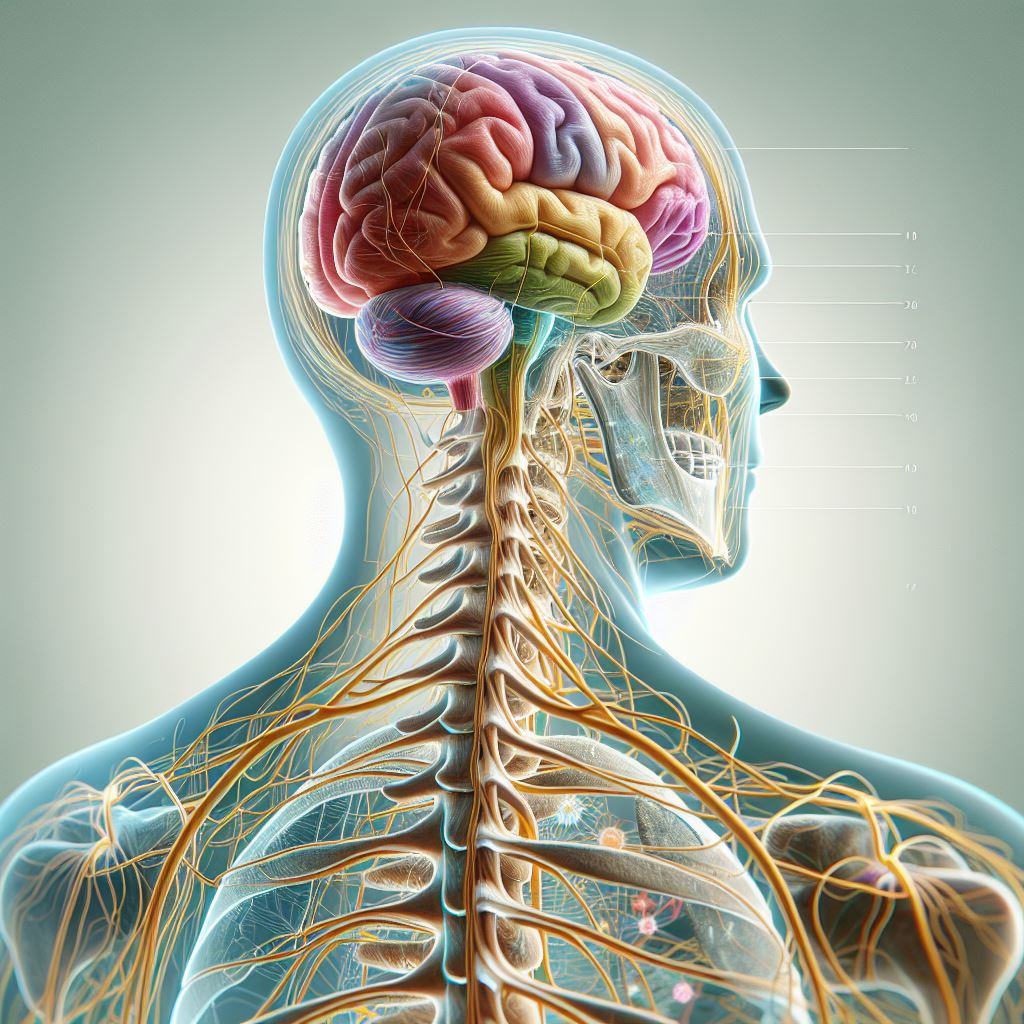
Unit 4
Drugs acting on Central Nervous System
This Unit includes CNS-acting drugs including sedatives and hypnotics like benzodiazepines (e.g., diazepam) and barbiturates (e.g., phenobarbital), along with other classes like carbamates and aldehydes. Discusses antipsychotics including phenothiazines, ring analogues, butyrophenones, and benzamides.
Unit 5
CNS Drugs: Anesthetics, Analgesics and Anti-Inflammatories
Covers CNS drugs including general anesthetics like inhalation agents (halothane, sevoflurane), ultra-short acting barbiturates, and dissociative anesthetics (ketamine). Discusses narcotic and non-narcotic analgesics including morphine analogues, their SAR, and antagonists like naloxone. Also includes anti-inflammatory agents such as aspirin, ibuprofen, diclofenac, and acetaminophen with therapeutic relevance.
Pharmaceutical Medicinal Chemistry I videos
Explore all subject wise and topic wise video playlist on of Medicinal Chemistry I on YouTube
Thank you for reading from Firsthope's notes, don't forget to check YouTube videos!

